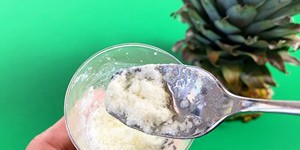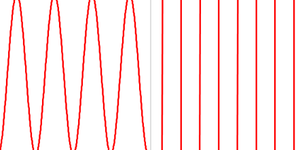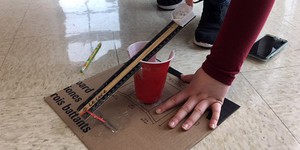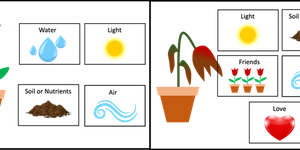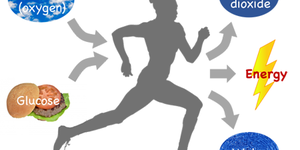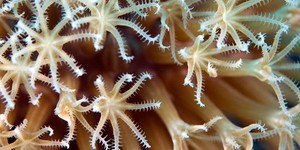Lesson Plans (252 results)
|
Select a resource
Sort by
|
Lesson Plan
Grade: 5th
In this fun chemistry lesson, students will explore chemical reactions by mixing pineapple juice and milk. Students will observe whether the properties of milk change when it is mixed with pineapple juice, as well as how they change. They will then infer from their results whether a chemical reaction happened. In the process, they will not only learn about chemical reactions but also discover the importance of enzymes and their role in the human body.
Read more
NGSS Performance Expectations:
Lesson Plan
Grade: 6th-8th
8 reviews
We hear the word "digital" all the time—digital technology, digital device, digital TV, etc. But what does it actually mean? In this lesson plan, your students will learn how digital signals allow us to reliably transmit and store information.
Read more
NGSS Performance Expectations:
Lesson Plan
Grade: 6th-8th
2 reviews
Add a twist to a traditional "build a catapult" engineering project with this fun lesson plan based on the 2018 Engineering Challenge. Your students must build a device to launch a ball as far as possible—but they also have to build another device to catch it! With detailed rules and guidelines for a class-wide competition, this lesson is a great way to teach your students about the engineering design process.
Read more
NGSS Performance Expectations:
Lesson Plan
Grade: 4th-8th
3 reviews
What would your students do if your town's water supply was cut off due to an equipment failure or natural disaster? Inspired by
Global Problem Solvers: The Series,
in this lesson plan they will tackle a real-world engineering challenge by building a prototype of a device that can manually pump water during an emergency. They will also think like entrepreneurs and come up with a business plan for how their device could be produced, sold, and used in the real world.
This lesson is one of…
Read more
NGSS Performance Expectations:
Lesson Plan
Grade: Kindergarten
5 reviews
In this lesson, students will role-play a consultation between a plant scientist and a plant owner. The goal is for the plant scientist to identify what is wrong with the plant based on the information given by the plant owner. As they evaluate what the unhealthy plant has or doesn't have, students will realize that plants need four things (air, water, light, and soil) to live and grow.
Read more
NGSS Performance Expectations:
Lesson Plan
Grade: 4th
4 reviews
If you love doing arts and crafts with your students, this lesson plan is for you! Teach them about energy, electricity, and circuits as they build light-up sculptures, using something they are all familiar with—play dough! Clear step-by-step instructions are provided and no previous experience with circuits is required.
Read more
NGSS Performance Expectations:
Lesson Plan
Grade: 3rd
1 review
Everybody and everything that is opaque has a shadow. Shadows are fun to play with because you can change their shape and size or even make them disappear. In this lesson, students will first explore how shadows are made and how their appearance can be changed. Then students will use their gained knowledge to create and perform a shadow play.
Remote learning: Part 1 on this lesson plan can be conducted remotely. The Engage section of the lesson can be done over a video call, then students can…
Read more
NGSS Performance Expectations:
Lesson Plan
Grade: 6th-8th
7 reviews
In this fun lesson plan, students will measure how the amount of carbon dioxide in their exhaled breath changes with exercise levels. Carbon dioxide is a product of cellular respiration, so the lesson highlights how breathing is connected to cellular respiration and energy production in our body. Students will make the measurements using a simple colorimetric reaction that can easily be assessed visually.
Read more
NGSS Performance Expectations:
Lesson Plan
Grade: 2nd-6th
5 reviews
By building an edible coral polyp, students will learn the anatomy of coral and be able to explain why corals are animals, rather than plants.
Read more
NGSS Performance Expectations:
Lesson Plan
Grade: 1st
16 reviews
We see ourselves in a mirror because mirrors reflect light. Light interacts with materials in different ways; for instance, shiny surfaces like mirrors are able to change the direction of light. In this lesson plan, students will demonstrate how light bounces off a reflective surface by redirecting a light beam from a flashlight to different locations within the classroom. Students will then be challenged to use their knowledge about mirrors to find a way to guide a light beam to a specific…
Read more
NGSS Performance Expectations:
|

